Sabino Spadaccino got on my radar when I started following his blog Aquasale. Then we followed each others Instagram post. Now he's come to Stir the Pots for an interview.
How did you discover you loved food?
I think I have always loved food, I've been a lucky child, raised with wonderful baby food, "weaned" by grandmother's with pancotto in broth, no homogenized and instead of pacifier they gave me the top of caciocavallo, a cheese from Puglia. I have wonderful memories about the delicacies of my homeland; the baker in my mother's town of Candela going around with a huge basket on his head full of pizzette, the wonderful cornetti baked in Foggia, street food in the south of Italy, Sunday lunches.
Are you a chef, a teacher or both?
I am not a chef, I have a great passion for cooking, in particular for popular and traditional. I have had a blog a few years and I give cooking lessons. But I try, more than teaching, to share my love for good food.
What region of Italy do you call home?
I was born in Foggia, in Puglia. And I am very bonded to my county but my father was born in Sicily. And feel it is my second culinary home. These are regions which represent fantastic cooking traditions but are very different, the first, more "rural", more the second "aristocratic". They complete each other perfectly.
How do you find food changing from today?
That is a difficult question. If I have to reply seriously, I have to say yesterday food is unbeatable. I am afraid that the effect of time exalts the remembrance of tastes. Today's interests, passion and an increased knowledge of producers give us wines, oils and vegetables of great quality. Organizations like slow food can keep alive, or help rediscover true culinary rarities giving them an availability that was impossible in the past.
Where do your influences come from; the heart, memory or something else?
Heart and memory. I was lucky to have two very strong and present grandmothers. Maria was more traditional with an huge wood-burning kitchen and an army of women to help her. I saw and heard her plucking chickens, baking pies everyday, shape fried pizza for me in all possible forms, preparing sauces and traditional sweets to celebrate all holidays. It was an unforgettable environment, like a movie, a real imprinting.
My other grandma, Ada, was very different. She was Pugliese but she lived also in Modica, Sicily. She was a hard worker, didn't have that much time but she didn't give up good things. I remember her coming back from work loaded with vegetables that become orecchiette with cime di rapa, poached marasciuoli (a wild broccoli), pancotto and wild vegetables fried lampascioni, which is a variety of onion (they look like onions but are another variety). And when she had time, on Sunday or on holidays she made rosolio, a homemade liquor made with rose petals. Or ultra-thin tagliolini and Sicilian pastries. Moving to Milan when I was 17-years old meant losing all these inspirations and continuity with traditions, especially culinary. And I can never thank my mother enough. She is a feminist who didn't teach me; she broke with traditions and pushed me to try and do things instead.
What’s the most iconic dish in Italian cuisine?
Help! It's too difficult to choose one. We have such variety and richness they could fill a phonebook. I think of pasta, street food, real pizza Napoletana. But you asked "iconic" so I'll say pasta.
You live in Switzerland, Did you see Pane e Cioccolate? And does it remind you of your living away from home?
I remember the movie. Luckily, the situation is really far from Nino Manfredi's character. Times are different. My wife Suzanne is Swiss. We live in Ticino, an Italian-speaking canton very near the Italian border. And we live in an ideal situation, nothing like the times Italian immigrants had to go through in the 1950s and 1960s.
What’s your best and favorite dish?
Like your question about iconic dish it's difficult to answer. I like everything. And cook everything from starters to desserts, from Venetian to Sicilian cooking. From elaborate Neapolitan to "poor" farm cooking from Puglia. Above all, if I have choose, I'd say fava beans and field chicory because I love dishes that can give much with few ingredients. For the same reason I'd say focaccia.
Do you believe there is a DNA memory of dishes from childhood?
I do. And what I've already answered confirms it. I don't remember dates, details or names but I do remember the taste of my grandma Maria's sugo, her focaccia with pork rinds, ricotta pizza, eggs and fish (Il pesce d'uovo è una frittata a forma di pesce) that my grandma Ada used to make, Olives in salamoia etc etc… My mother's grandpa opened the first industrial mill in the south of Italy and later we found he was trading grains with my father's grandpa. That may explain my love for flour and doughs.
Is being orthodox to a recipe important. Or can you experiment and still call the dish a classic name?
I feel divided about it. The cooking I love is traditional. So i should keep orthodox but traditional cooking I study is popular, as well. And this means a continuous adaption around times, seasons, availability, places, etc. There are recipes like parmigiana di melanzane that are different in every family. And everyone is sure they are making the original one. My idea is experimenting but around tradition.
Is bread part of a meal, or just for sandwiches?
It is part of the meal and even more. I come from the south and and not so far in the past bread on some table was The meal. Today it is the main ingredient for pappa al pomodoro, pancotto, ribollita. Grated bread is used to season baked pasta or vegetables "arragnate." It is used as filling for peppers and many other recipes.
Your favorite bread?
Undoubtedly Monte Sant'Angelo bread, a town in Gargano, Puglia., Near there, on Mattinata beach in summertime you can buy an unforgettable Monte's bread and tomato. Or durum breads from Altamura.
Your cooking is so lovely and simple. What makes a dish perfect?
Thank you! I am never satisfied. Maybe that makes recipes I cook a little better time after time. Often i have an idea bonded to memory, I think of remembering the taste and how the recipe looked. I don't go crazy for today's too elaborate plating but I look for that rugged, spontaneous and quick aesthetic of people's cooking. I think of your "iconic" expression and I think of pottery from Puglia, the color of an orange salad, the vivid beauty of a vegetable tiella.
What do you like to do when not cooking or eating?
Reading cooking books and thinking of what to cook. It seems an exaggeration but I grew up in a family when during huge lunches, we would speak about food till coffee. Often you find on my night-table a cooking book. If I don't go straight to sleep, I think of what I would like to cook. "Doctor, is that serious?"
Ever since we've lived in Ticino, Switzerland, we have more time to travel. It is something I love, it feeds me and recharges me. I love movies, my cats, the sun the sea.
Will you write a food book?
I never thought about it. For the time being I have my blog and it is enough. There are thousands of cooking books and often I go mad because of inaccuracies, that are often very bad. Or because some books just copy and paste. But luckily there are some good ones, too. Then there's the ocean on the internet. If you are good in digging and filtering you can find any recipe
Can you share a recipe?
Sure, my favorite; fava beans and chicory, a simple, old and tasty recipe- common in Puglia, Lucania, Calabira an Sicily, here it is called "macco." It was loved by Romans and in Puglia known as "capriata," maybe from the ancient greek “kapyrydia." It's very easy to do; it gives a nice combination of colors and tastes – yellow and green, sweet and sour, the south.
Serves 4 people: quattro persone:
400 g dried fava beans
1 kg of wild chicory or simple chicory
extra virgin olive oil
garlic
salt
fresh chili
olives or onions (optional)
Wash the fava beans, cover them with abundant water and when it boiles lower the flame to minimum and let it cook for an hour (skim if necessary) till they are tender and soft, adding water if needed.
In the meanwhile wash the vegetables and cook it in a pan with a little oil and garlic till it is cooked. And then salt it and keep it warm. I do not add water. Their own water and the lid will work
When the fava beans are ready switch off the flame, add three table spoons of evo and energetically stir with a wooden spoon to turn them into a creamy puree. If you prefer you can process them. If necessary thicken them on fire for a few minutes. Or, if too thick, add some table spoons of hot water. It's important to remember that as soon as you switch on the flame the puree will thicken a bit. If you like you can fry some thin sliced onions till crunchy. Or add some olives and fresh chili. Plate it starting with vegetables and then put fava puree, a little oil and fresh chili and as extra choose between olives or onions.
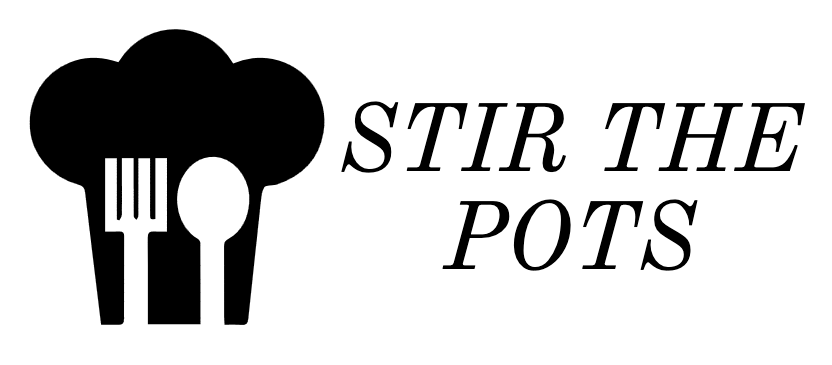
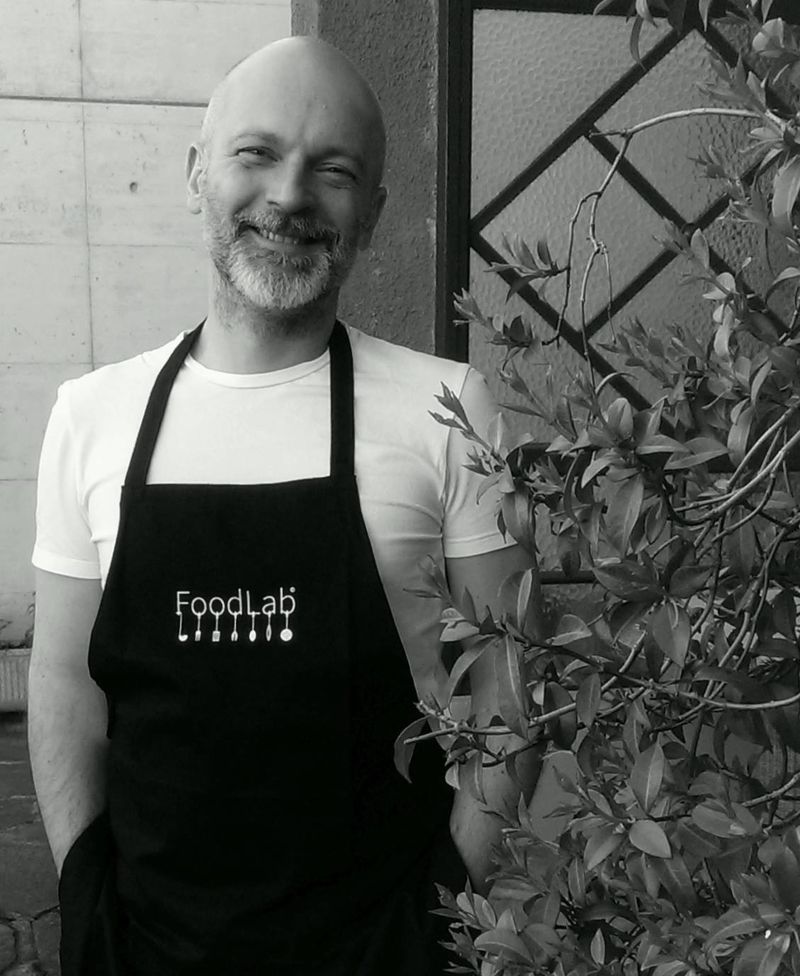

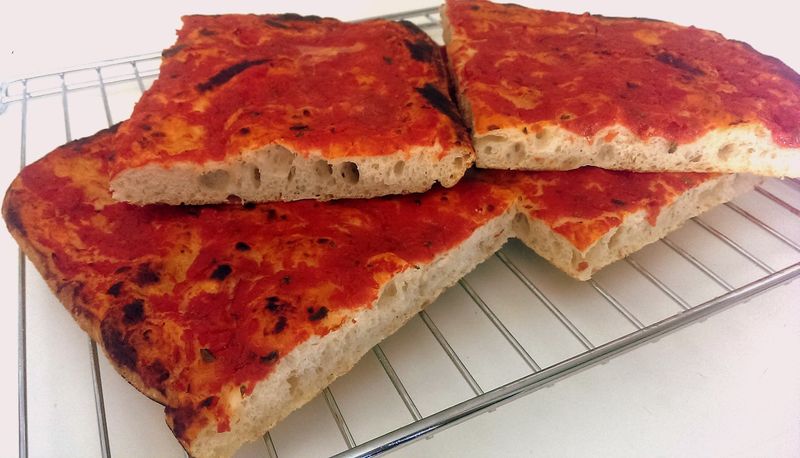
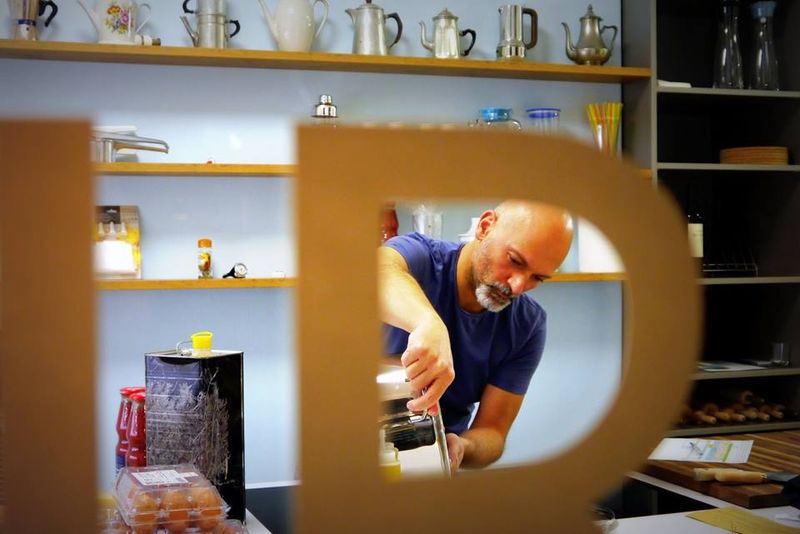
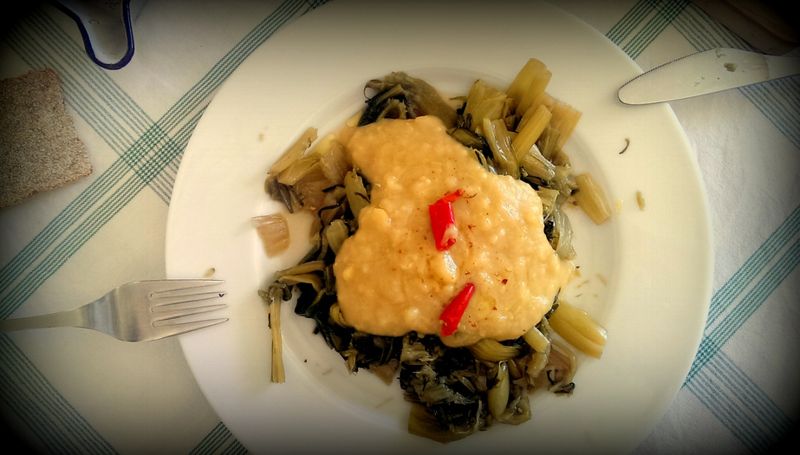
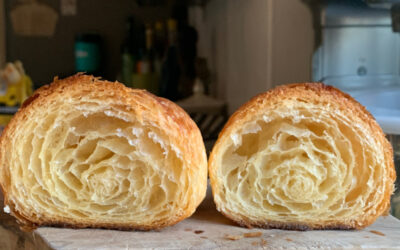
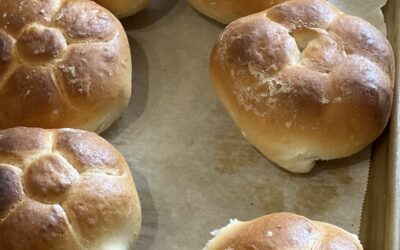

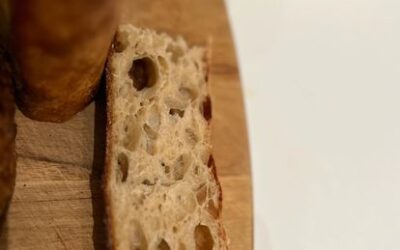
0 Comments